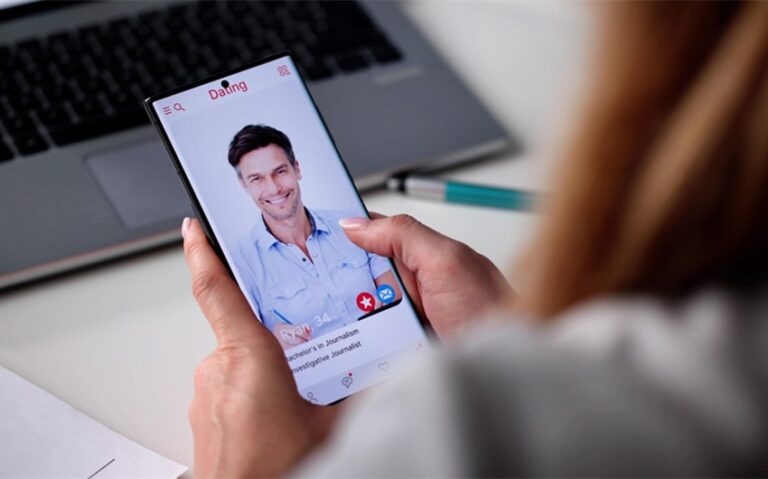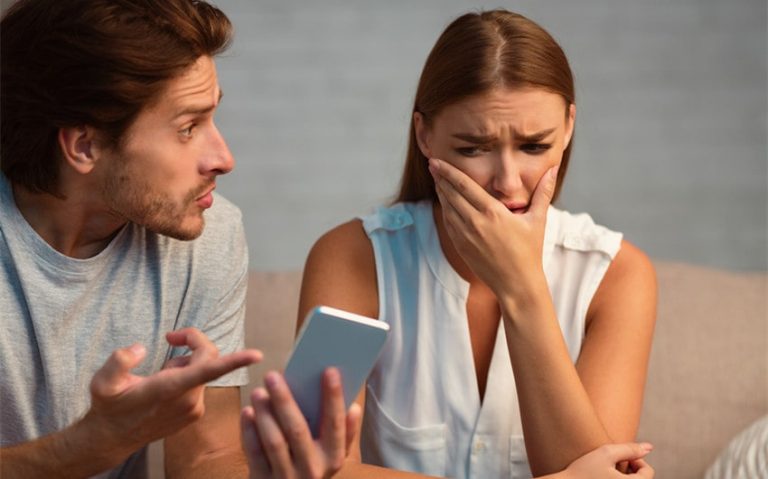What Earring Is the Gay Earring? Understanding the Origins, Myths, and Modern Meaning
Fashion has long served as a powerful form of self-expression, and accessories like earrings often carry more meaning than just aesthetic appeal. For decades, one question has lingered in pop culture, locker rooms, and casual conversations alike: what earring is the gay earring? This seemingly simple question touches on a complex mix of cultural history, queer identity, and changing societal norms.
While the idea of a “gay ear” was once a prominent concept in certain parts of the world, today’s reality is far more inclusive and nuanced. Understanding where this belief came from—and what it means now—is essential for anyone curious about how jewelry intersects with identity and self-expression.
The Origins of the “Gay Earring” Myth
The belief that an earring in one specific ear could signify a man’s sexual orientation likely originated in the United States during the 1970s and 1980s. At the time, society was still largely conservative in its views on masculinity and homosexuality. As gay communities developed ways to subtly signal to each other in public spaces—what’s often referred to as “queer coding” or “flagging”—jewelry became one of several tools for expression.
The myth that “left is right, and right is wrong” emerged as a sort of guideline: a man wearing an earring in his right ear was thought to be gay, while a left ear piercing supposedly implied straightness. This idea was never officially established or universally followed within the LGBTQ+ community, but it did gain traction among the general public, especially as celebrities and public figures began wearing earrings.
In truth, the “gay earring” rumor was more of a social construct than a reliable signal. It may have stemmed from subtle, coded communication within gay communities, but once it became widely known, it lost much of its original meaning. In some circles, wearing a right-ear earring became a political or personal statement; in others, it was a simple fashion choice taken out of context.
How Earrings Became a Form of Expression
Long before the “gay ear” myth entered Western consciousness, earrings had been worn by people of all genders and cultures for centuries. From ancient Egyptians and Romans to tribal communities in Africa and Asia, earrings were used to signify status, spirituality, and personal identity. In many cultures, the placement or design of an earring had little to do with sexuality and more to do with tradition or symbolism.
In the 20th century, especially in the Western world, earrings became a way for individuals—particularly men—to challenge norms. The punk and goth movements embraced piercings as a form of rebellion. In hip-hop and urban culture, diamond studs in both ears became a mark of status and swagger. Rock stars and actors like George Michael, Prince, and Boy George embraced androgyny and blurred gender lines, further breaking down rigid expectations.
For LGBTQ+ individuals, earrings (and fashion in general) were a means of signaling identity and finding community. But it was rarely about just one ear. Other methods of “flagging” included colored bandanas, rings, or accessories that reflected personal identity, preferences, or subcultures within the queer community.
Is There a “Gay Ear” Today?
Fast forward to 2025, and the idea that one ear “means” something about your sexuality feels increasingly outdated. In most modern social circles, the left-vs-right ear debate is either seen as a myth, a joke, or a relic of a less accepting time. Today, fashion and self-expression are less constrained by rigid rules, especially among younger generations.
Celebrities, athletes, and influencers wear earrings in both ears—or switch them up—with no regard for old codes. Men of all orientations regularly wear studs, hoops, or even elaborate jewelry pieces as part of their style. For most people, what matters isn’t which ear it’s in, but how it complements their look and reflects their personality.
This shift mirrors broader cultural changes. As society becomes more open about gender fluidity, sexual orientation, and non-binary identities, the need for coded signals has diminished. People are more likely to say who they are openly, and style has become less about labeling and more about personal creativity.
In LGBTQ+ communities, identity is often celebrated through pride gear, tattoos, makeup, or bold fashion statements rather than relying on one subtle clue like an earring. While some individuals might still choose to express themselves through specific jewelry, it’s no longer common to interpret that as a definitive “sign” of sexuality.
Cultural Sensitivity and Personal Freedom
One of the dangers of perpetuating myths like the “gay earring” is that it reinforces stereotypes and encourages assumptions about people based on appearance. It can also create anxiety, especially for men who want to wear earrings but fear being mislabeled or judged.
In reality, someone’s earring—or any other fashion choice—doesn’t give you the right to determine their sexual identity. Many straight men wear earrings in their right ear. Many gay men don’t wear earrings at all. Others wear them in both ears because they simply like the way it looks. The bottom line is: jewelry doesn’t define sexuality—the individual does.
If you’re asking this question because you’re trying to understand someone else better, the best path is always respectful curiosity and open dialogue. If you’re asking because you’re exploring your own identity, know that you have the freedom to wear what you love without having to conform to outdated signals or rules.
What to Consider If You’re Curious or Questioning
If you’re a man wondering whether you should get your ear pierced—or which one—let your decision be based on your own preferences, not fear of judgment. The world has changed. Self-expression through fashion is now celebrated more than scrutinized, especially when it reflects authenticity and confidence.
Ask yourself:
- Do I like how it looks?
- Am I comfortable with people’s reactions, whatever they may be?
- Is this an expression of who I am or want to be?
If you’re questioning your sexuality and wondering whether wearing an earring will “send a message,” remember that there’s no right or wrong way to explore who you are. An earring can be part of that journey, but it’s only one small piece. Your identity is yours to define in your own time, on your own terms.
You can also find support and resources in LGBTQ+ communities, both online and offline, where people understand that identity and expression are deeply personal and beautifully diverse.







